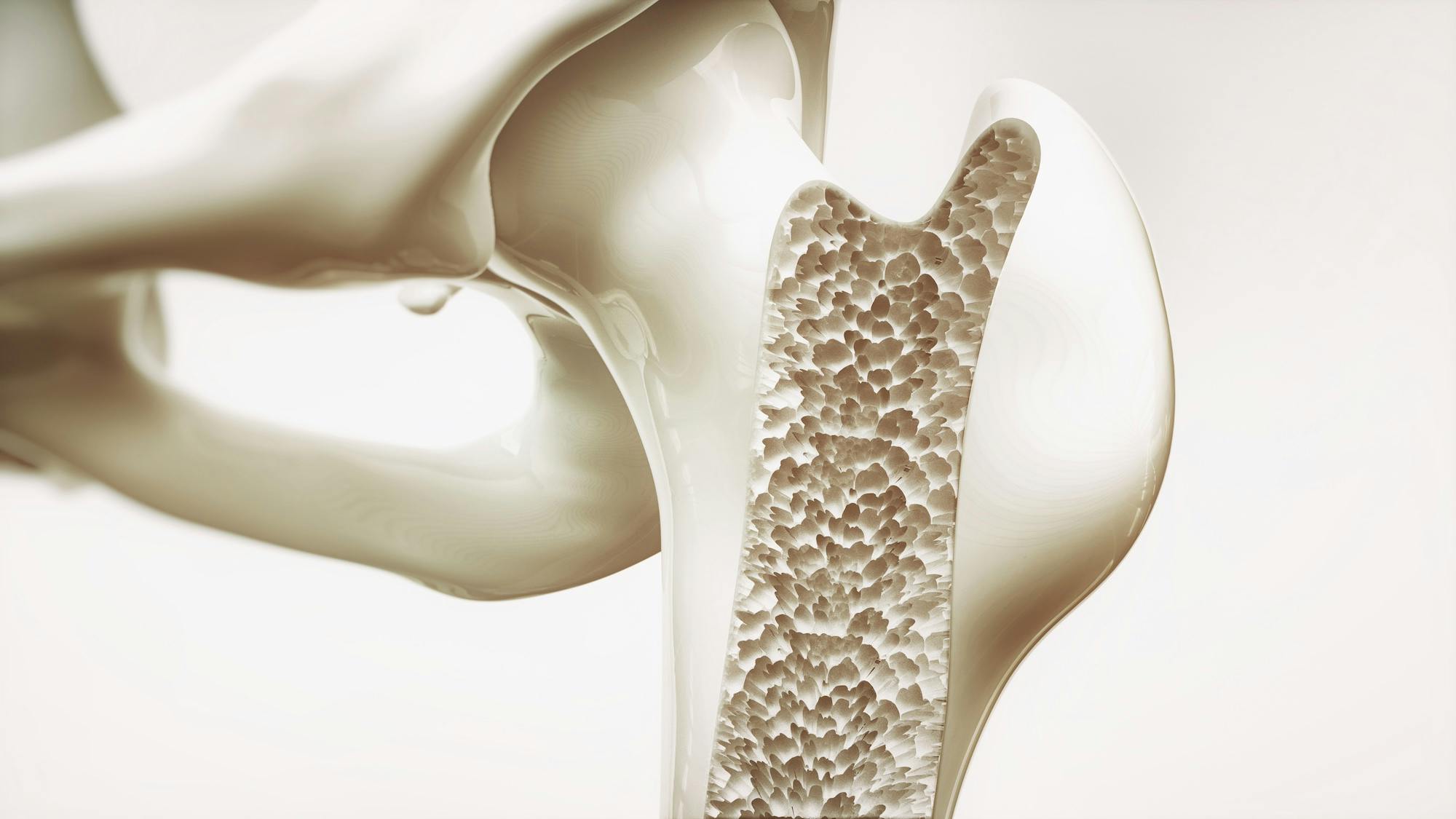- Blog
Treating Thumb Arthritis
Posted on 12-01-2025 in Hand & Arthritis by Dr. Steven Kronlage

Posted on 12-01-2025 in Hand & Arthritis by Dr. Steven Kronlage
Thumb arthritis is degeneration of the joint at the base of the thumb metacarpal. It usually is the trapezium/metacarpal joint (TMC) but can be the joint below as well. This is where the thumb meets the wrist. It is much more common in women and can be related to loose ligaments.
When bracing and steroid injections no longer help, surgical treatment can be very successful. The patient makes the decision to operate. The trapezium is removed, and a tendon is usually placed in the space that once held the trapezium. The deformity is usually corrected at the time of surgery. If a patient has a significant “Z” deformity, they may require a fusion or a stabilization of the joint above is required.
After surgery, patients are seen every two weeks. They will usually go through a progression of smaller splints and increasing range of motion. At six weeks, normal activities are allowed. Grip strength can take longer to return to normal. Supervised hand therapy may be required for optimal function. Decisions on hand therapy are made postoperatively based on how well the hand and wrist are moving.
Visit Thumb Arthritis for additional information, including symptoms and diagnosis details.

Musculoskeletal ultrasound imaging offers orthopaedic patients safe, painless, and real-time imaging, without any harmful ionizing radiation or the need for uncomfortable positioning. As the first sports medicine physician in the region to utilize ultrasound for diagnostic and therapeutic purposes, Dr. Josh Hackel’s commitment to innovation has improved the accessibility of care for his patients.

According to the American Academy of Orthopaedic Surgeons, approximately 2 million older Americans sustain fractures yearly due to weak bones. By 2025, that number is predicted to rise to 3 million fractures annually. At North Florida Bone & Joint Specialists, we recognize the importance of maintaining strong bones, particularly as you age. In honor of Healthy Aging Month, the following tips can help you maintain, and even improve, your bone strength:

We see our share of broken bones as an orthopaedic and sports medicine practice. From the high school baseball player who collided with first base a little too hard to the avid DIY’er who took a tumble from an unsecured ladder and everything in between, we’ve seen it all. As we age, we also gradually lose bone mass, which occurs as small amounts of healthy bone are absorbed into your body as small amounts are replaced. When more bone is absorbed than is replaced, the density (bone mass) is reduced. Osteoporosis develops when the bone is no longer replaced as quickly as it is removed, and over time, it causes the bone to become progressively weaker, increasing the risk that it may break.